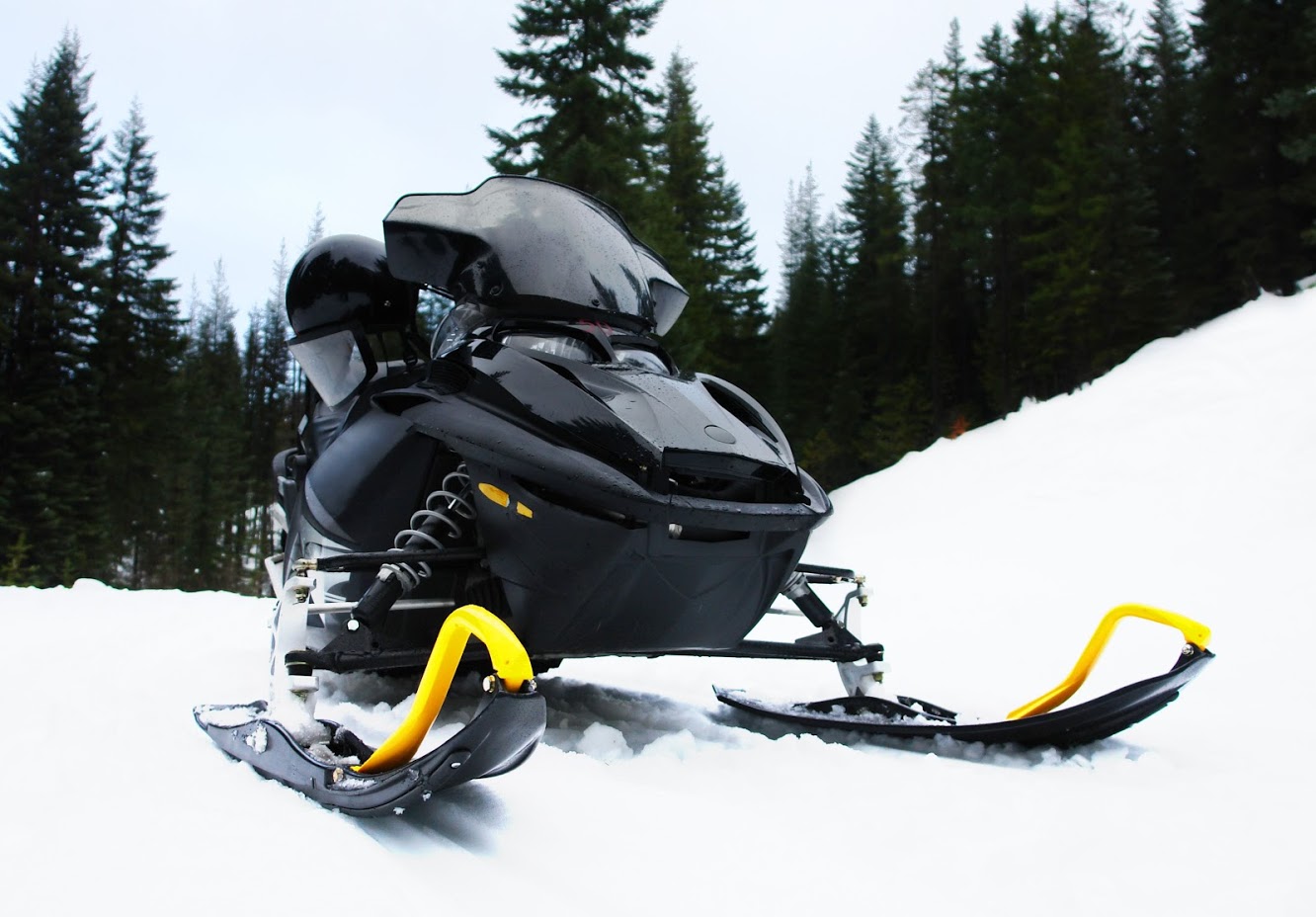6 Steps to Prepare Your Snowmobile for Storage
The snow is melting to make way for spring’s glory, which means that it’s time to put your snowmobile up until next winter. Here are six steps to get your snowmobile prepped for seasonal storage.
1. Read Your Owner’s Manual
Find or obtain the owner’s manual for your specific make and model of snowmobile. If you’ve misplaced your original manual or you bought a used snowmobile without one, contact the snowmobile manufacturer’s website or customer service to learn how to get a new copy.
The owner’s manual has off-season storage tips for your particular vehicle. The instructions tell you the precise lubricants and other treatments to use with your snowmobile. The manual also tells you how to prepare your specific type of engine for storage.
For example, some snowmobiles have fuel-injected engines. You don’t want to drain all of the fuel from a fuel-injected engine, since the fuel provides lubrication and anti-corrosion properties for the moving parts inside the engine.
2. Change the Snowmobile’s Oil
As you’re preparing your snowmobile for storage, you should change the engine and chaincase oil. Use the oil products recommended for your specific engine and chaincase.
Lubricants like oil can attract debris, sediment, and water over the winter season. When you replace dirty engine and chaincase oil, the internal components are coated with fresh, clean oil that protects the parts during the storage period.
3. Take Care of the Fuel System
Fuel left in the snowmobile will collect water vapor. Dirty or water-tainted fuel could corrode your engine parts or make the vehicle hard to start next winter.
Some snowmobile owners like to drain all of the fuel out of their tanks when the season is over. They siphon out as much gas as they can, run the engine until it’s out of gas, then remove the gas tank to get out the last few drops.
People with fuel-injected snowmobile engines (and some people with standard engines) prefer to top off the gas in their tanks and add fuel stabilizers. Some people only keep one-quarter tank worth of stabilized gas in their tanks during storage.
The best practice with any leave-stabilized-gas-in-the-snowmobile storage method is to run the engine for a few minutes after you add the stabilizer. Running the engine for a bit pushes the stabilized gas into all of the internal engine parts.
4. Give the Engine a Fog Treatment
Storage fogging oil is an engine protectant that coats the inside of the snowmobile engine crankshaft. A proper coat of fogging oil protects the engine during long-term storage from the corrosive actions of air and moisture.
Fogging oil protects:
- Connecting rods
- Rod pins
- Cylinder walls
- Crankshaft bearings
Some newer snowmobiles have automatic fogging systems that operate at the touch of a button. Some manufacturers of snowmobiles recommend that you don’t fog the engines in their snowmobiles. Always check your owner’s manual for the correct instructions before performing the fogging step.
To fog your snowmobile engine, first remove the airbox, then remove the foam or air horns. Your owner’s manual should show you how to access the carburetor or throttle body. As you remove parts, take pictures or make note of how the parts are oriented when installed.
Once you have the intake area exposed, start the engine and spray the fogging oil into the engine while it runs. Apply the fogging spray for several seconds into each intake as you keep the throttle pushed to run just above idle speed.
Keep alternating your spray treatment of cylinders for a minute or so until the snowmobile exhaust produces white, thick smoke. Let the engine shut down on its own after it sputters for a bit.
5. Grease the Suspension and Steering
Keep your suspension and steering components smooth-operating and free of corrosion by greasing the moving parts of these two systems. Use the grease zerks provided on your snowmobile to make the process easy.
Grease zerks may be located near the base of suspension arms or near ski spindles. Older snowmobiles tend to have more zerks than newer models. Consult the owner’s manual so you don’t miss any zerks.
Use a grease gun to pump the grease until you see fresh grease exit the shaft or tube. You can’t overfill a zerk, so be liberal with the grease.
6. Clean and Lift the Snowmobile
Give your snowmobile a thorough cleanup before you store the machine. Wash all of the grime off the body, track, skis, and other parts. Road salt, caked mud, and old bugs won’t corrode or discolor your snowmobile while in storage when you give it a good scrub and polish.
Create a lift system with jack stands or wood to raise the snowmobile. This keeps the skis and track off the floor. The suspension and track won’t be compressed during storage when the snowmobile is lifted.
Store your snowmobile at one of our seven convenient Minneapolis-St. Paul storage facilities by contacting North Star Mini Storage. Our boat and vehicle storage units are perfect off-season resting spots for all of your favorite winter toys.



